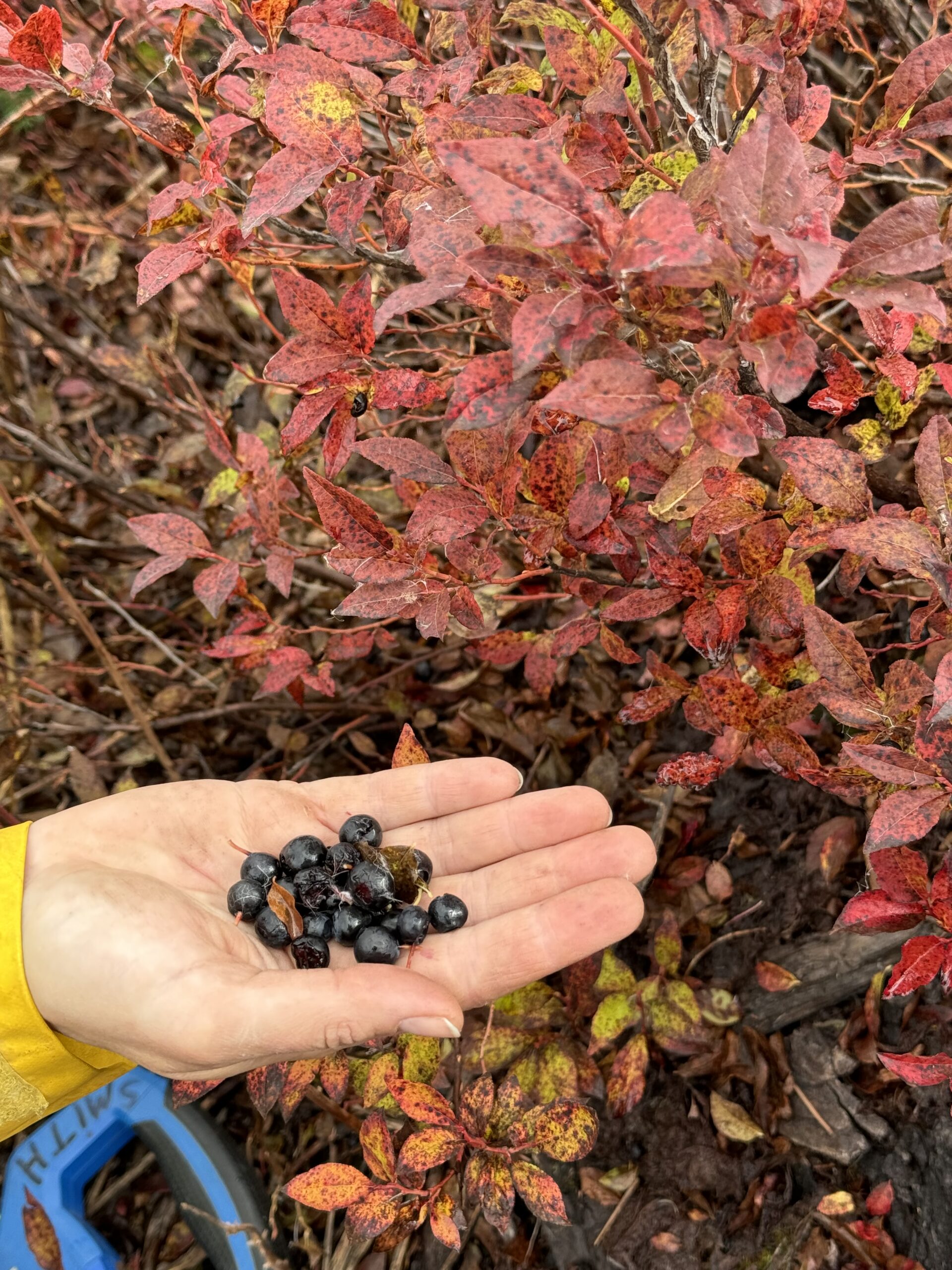Lil’wat Forestry Ventures: Canadian Forest Industries Magazine
Cultural burning has been a vital practice within the Lil’wat Nation’s territory for many decades, with documents noting specific records of burning dating back to 1969*. Our Chiefs and Elders would reintroduce fire to the landscape every few years to preserve habitat conditions and enhance the production and growth of crucial resources like wild potatoes, pine mushrooms, xusum berries, and huckleberries. By conducting controlled burns in specific areas based on community needs, they aimed to ensure the preservation and sustainability of these resources for the people then, and for future generations.
Today, we continue to explore and learn more about the potential benefits of cultural burning, although many Elders remain hesitant to discuss the practice. As a residential school Survivor myself, I understand that this fear comes from Indigenous cultures and practices being criminalized for many years. Often, people don’t recognize that the disconnect between traditional knowledge and contemporary practices stems from the trauma experienced by these Elders, many of whom were taught that sharing their cultural heritage was unsafe. In addition to this, organized fire suppression in Canada beginning in the 1900s, coupled with dominant fire management narratives in the media, discouraged any form of burning, further isolating Indigenous knowledge from land management. This has ultimately created the situation we are in now, forests that are too dense where catastrophic wildfires impact the current ecosystem and landscape.
However, we have begun to see Indigenous communities being more open to the idea of sharing this knowledge, and much research has been done to show the positive impacts of cultural burning. This is a practice that affects everybody and everything, from people to wildlife. It has become evident that introducing fire back to the landscape, in a controlled environment, not only helps spur on the growth and success of berries, mushrooms, and other plants used for food and medicine for the benefit of the community and wildlife in the area, but it also mitigates wildfire risks by reducing forest fuel buildup. Today, as we begin to look again at our forests, not just for the trees and the timber, but for all the plants and resources found there, we again find the need for cultural burning and its benefits.
With Lil’wat Forestry Ventures, a leading forestry management corporation within the Líl̓wat Nation, we have completed two cultural burns in the last few years, the first one up in Owl Creek two years ago, and the other one on Tenquille Creek this summer. Both were a learning experience as we got to see the difference in how burning affected the resources in the area. With the Owl Creek cultural burn, we used a more high-intensity fire and have noticed a lot of growth happening already, probably about six to eight centimeters growth of the berry bushes. The trees we planted in the burnt areas are growing much better than those where we did not burn, further creating ecosystems that will be able to better support wildlife like grizzly bears, as well as food and medicinal plants.
The resurgence of cultural burning practices offers undeniable benefits to the environment and people. When we manage the forest for multiple values, taking cultural, ecological and social values into account, we can enhance biodiversity and ensure a more sustainable resource for future generations, so that they too can appreciate all that we get to enjoy today. Embracing cultural burning practices will ultimately foster community resilience while also honouring the legacy of our ancestors, who understood and demonstrated the key relationship between fire and the health of the land.
SOURCE: Time to Burn – Traditional Use of Fire to Enhance Resource Production by Aboriginal Peopels in British Columbia. Author: Nancy J. Turner from the book Indians, Fire, and the Land. https://faculty.washington.edu/stevehar/TurnerBurner.pdf
This article was originally published in the Nov/Dec 2024 issue of Canadian Forest Industries
Photo Credit: Lil’wat Forestry Ventures.

